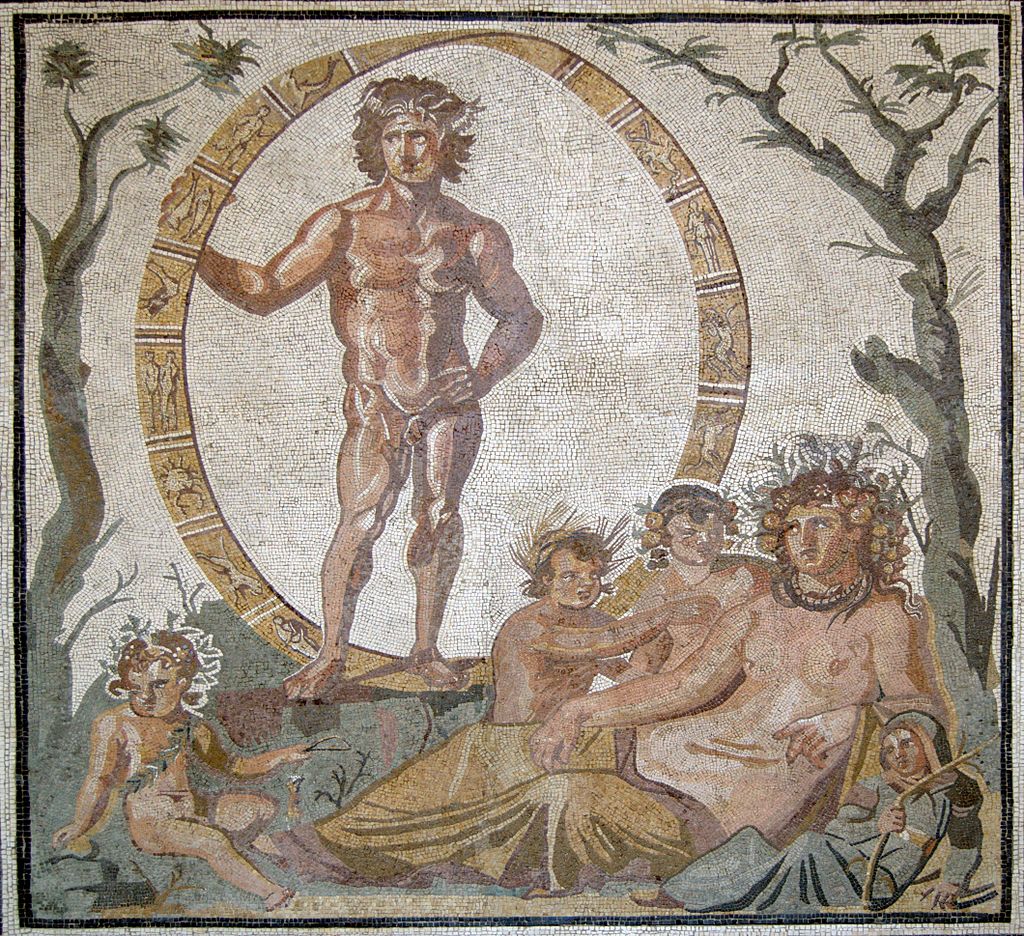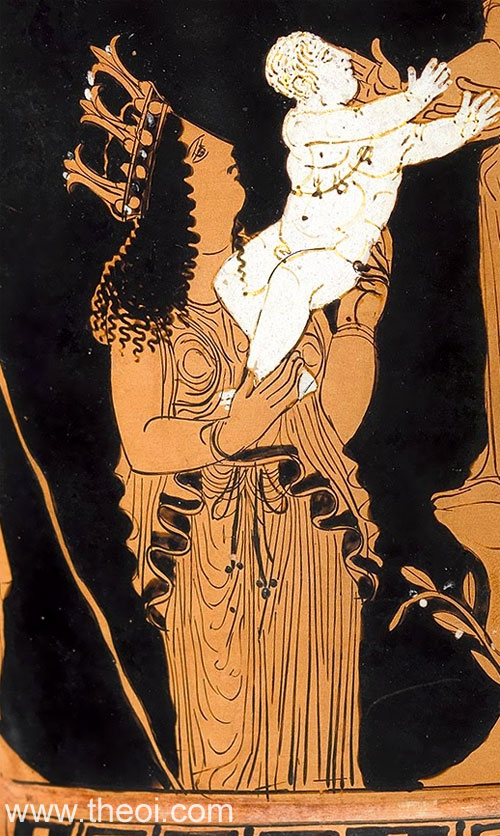Gaia
Gaia wasn’t only the ground beneath our feet but also the very essence of life. From the tallest trees to the smallest insects, all living things were considered her children. She nurtured them all, ensuring their growth and providing a home for their existence. She was a symbol of the interconnectedness of all things, a vast web of life woven from her being.

Residence: Earth
Symbols: Fruit and grain
Parents: Chaos
Siblings: Erebus, Nyx, Tartarus
Consort: Uranus
Offspring: Uranus, Pontus, the Ourea, Hecatoncheires, Cyclops, the Titans, the Giants, Nereus, Thaumus, Phorcys, Ceto, Eurybia, Aergia, Typhon and Python
Roman equivalent: Terra, Tellus
From her union with Uranus, the vast sky, she birthed the heavenly gods, powerful beings who ruled the cosmos. With Pontus, the churning sea, she brought forth the gods of the deep. Even the monstrous Giants, born of her coupling with Tartarus, the abyss, were considered her children. Her fertile form birthed not just the divine, but mortals as well, their bodies formed from the very earth itself. She was the ultimate source of life, a mother to gods, monsters, and humanity alike.

Gaia, the great mother, was embroiled in a complex web of power struggles. First, she rebelled against her husband Uranus, who imprisoned their giant sons within her own body. Later, she aligned with her son Cronus when he defied Uranus, only to see him repeat the same act of imprisonment on her Titan children. Finally, she clashed with her own grandson Zeus, angered by his binding of the Titans in Tartarus. This cycle of rebellion and betrayal underscored the ruthless nature of power struggles, even within a family.

